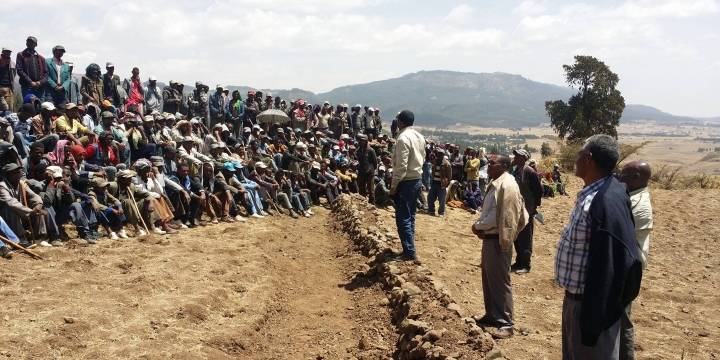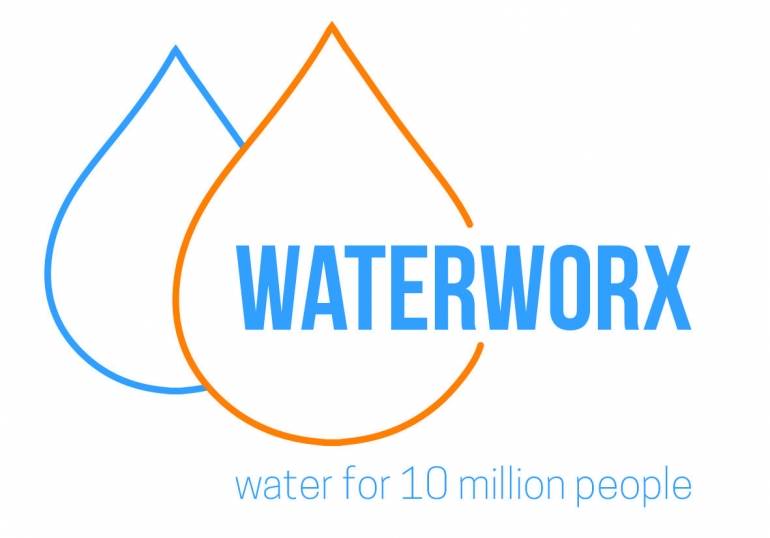
Source to tap and back (S2TAB) project in Ethiopia
- Ethiopia
- 31-12-2021


Climate change, increasing water scarcity and population growth are huge challenges for (drinking) water supply systems. Worldwide 884 million people still lack access to potable water while 2,4 billion people do not have access to sanitation facilities. To achieve Sustainable Development Goal 6, access to water and sanitation for all, partnerships are crucial. WaterWorX (WWX) is a partnership of public water operators to increase access to sustainable water services for 10 million people between 2017-2030. WaterWorX is co-funded and jointly implemented by the Dutch Ministry of Foreign Affairs, the 10 Dutch water operators and local water operators in Africa, Asia and South America. WaterWorX was officially launched during the Dutch celebration of World Water Day 2017 in The Hague.
By working together in Water Operator Partnerships (WOPs), water utilities can improve operational, maintenance, financial and administrative processes. In doing so, the continued strength of WaterWorX stands out in building and strengthening the capacity of local counterparts to make lasting improvements that increase access to sustainable water services and generate viable pro-poor investment propositions.
WaterWorX aims to increase sustainable access to drinking water to 10 million people, by:
1. Strengthening the financial, technical and social sustainability of the local partner water companies in order to make sustainable drinking water available to millions of people in developing and transition countries.
2. Strengthening the enabling environment of laws & regulations, financing and policies in which water
companies are encouraged to function properly and enhance their performance.
3. Increasing access to water infrastructure investment finance, by developing investment proposals and engaging with domestic and international financing organisations and banks.
On November 30, the Dutch Ministry of Foreign Affairs announced the granting of its contribution to the second phase of WaterWorX.
In Phase 1 (2017-2021), the Dutch utilities established a solid foundation of trusted Water Operators Partnerships (WOPs) with 39 water utilities in Africa and Asia. During these first years, the WOPs focused on staff and organizational capacity development in among others leadership, revenue generation, low-income customer services provision and long-term water supply security. In addition, investments were made into network extensions and toilets, impacting 1.45 million people with first or improved access to water and/or sanitation. WaterWorX also worked on the development of an infrastructure investment pipeline and supported enabling environment activities in three countries.
Phase 2 (2022-2026) will build on the partnerships, lessons learned and results of Phase 1 and seeks to further strengthen the performance of the partner utilities and accelerate on SDG6 impacts with the objective of reaching an additional 3.5 million people towards the 10 million target. Further intensification of knowledge management will enable current local utility partners to share their gained knowledge and experience with colleague utilities in their country and region. Phase 2 will also have a stronger emphasis on the DGIS focus regions which has resulted in adding several new partner utilities and the phasing out others.
The WaterWorX program also has its own website, namely: www.waterworxprogramme.com
